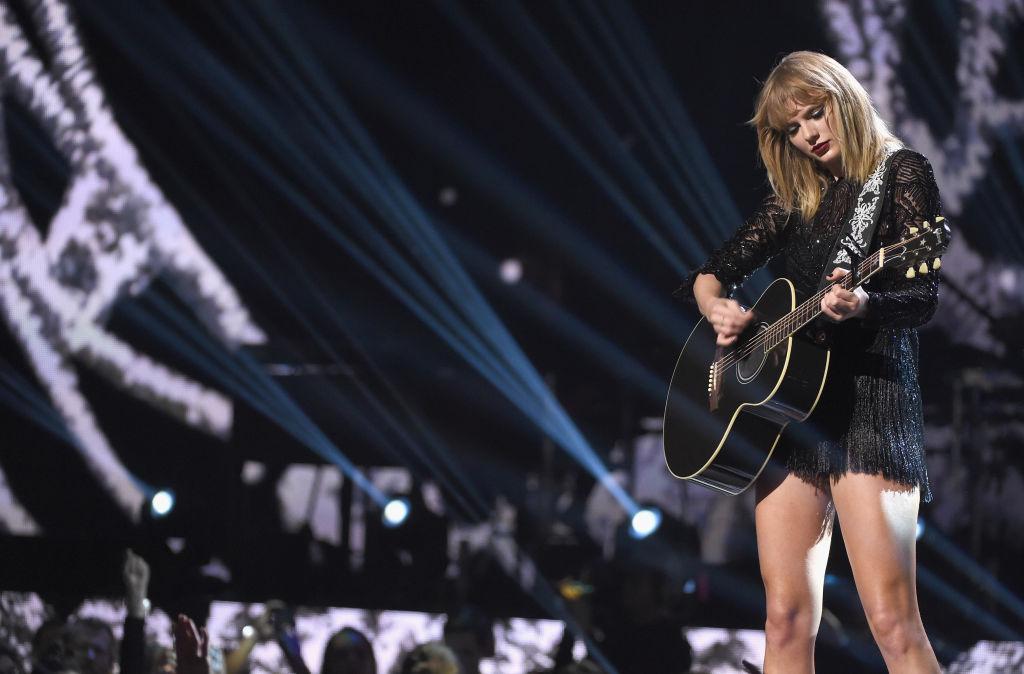Arena inflation: Artists are charging more. Here's why that might not be such a bad thing
A report by the BBC has found that the price of tickets for top shows has risen at a far faster rate than inflation

Your support helps us to tell the story
From reproductive rights to climate change to Big Tech, The Independent is on the ground when the story is developing. Whether it's investigating the financials of Elon Musk's pro-Trump PAC or producing our latest documentary, 'The A Word', which shines a light on the American women fighting for reproductive rights, we know how important it is to parse out the facts from the messaging.
At such a critical moment in US history, we need reporters on the ground. Your donation allows us to keep sending journalists to speak to both sides of the story.
The Independent is trusted by Americans across the entire political spectrum. And unlike many other quality news outlets, we choose not to lock Americans out of our reporting and analysis with paywalls. We believe quality journalism should be available to everyone, paid for by those who can afford it.
Your support makes all the difference.The unveiling of legislation designed to crush the new breed of industrial-scale ticket scalpers by Culture Secretary Matthew Hancock prompted my colleague Ben Chu to write a thoughtful column on why touts exist in the first place.
It has long been asserted that if artists charged closer to what the market would bear, then the scalpers, these days armed with sophisticated bots designed to take advantage of ticketing websites, wouldn’t exist because there would be little or no margin for them.
Chu, however, correctly asserted that shelling out for tickets to a music event isn’t the same as buying something like a TV. Purchasers are paying for an experience freighted with social and cultural meaning. Some of the providers of those experiences – the artists – dislike the idea of gouging fans, with whom they aim to cultivate an enduring relationship that is quite different to the sort of relationship a customer has with, say, Currys.
However, the BBC’s Wake Up to Money has produced evidence that artists at the top end are nonetheless charging more than they used to. Quite a bit more, in fact.
Using data from the National Arenas Association, it found that ticket prices, at the face value set by promoters – thus ignoring the mark-ups found in the secondary market – between 1999 and 2016 rose far faster than inflation.
In 1999 the average ticket went for £22.58 – £37.20 in today’s money. It had risen to £45.49 by 2016 (the most recent year for which data is available) which would be £47.14 after inflation today.
When individual events are considered, the figures can be even more striking. The programme used the example of the Spice Girls, who charged £23.50 in 1998 for their Wembley Stadium show.
Taylor Swift, who also has a strong base of young female fans, is charging between £55 and £120 for her performances at the same venue, as I know to my cost: my daughter is one of those young female fans.
Extravagant shows, one industry figure told the Beeb, the punters expect then, but they cost more to produce and take on the road. The number of spectaculars may have increased, but that doesn’t really wash. They are not a new development. Madonna’s huge and elaborately choreographed Blonde Ambition tour went around the world way back in 1990, for example.
One factor that is worth throwing into the mix is that recorded music has never been so cheap or accessible. Streaming services charge £8 a month, less in some circumstances, nothing if you’re willing to accept ads. That compares very favourably to the cost of just one chart CD back in 1999. They used to go for between £10 and £12. They still do today.
The economics of the music industry are such that artists sometimes used to accept losing money on tours to promote an album. Today it’s the other way around with the album released to promote the tour, although the growth in streaming services – which now make up over 50 per cent of the year’s music consumption, according to the BPI, which enjoyed a highly successful 2017 as a result – may eventually reverse a decline in revenues from recorded music to artists.
Ultimately, while fans may grouse, the success of tours like Swift’s tells its own story. Fans are still paying up, despite the prices rises. They’re still buying the merchandise, the price of which has also ballooned (some artists have been asking for £30 for a T-shirt).
Those unhappy with arena and stadium show price-inflation do have an option open to them: they can check out smaller acts, at smaller venues, where price inflation has been less. The experience of a more intimate show is often better, and certainly offers better value. These shows also provide much-needed revenues to often modestly remunerated, and younger, artists that helps them to break through.
If arena inflation assists with that it could be seen as a rather good thing.
Join our commenting forum
Join thought-provoking conversations, follow other Independent readers and see their replies
Comments